It’s not that I was eager to see New Haven, specifically. I needed any change to my scenery, only had one day off, and for simplicity, had to be able to get there by train or bus without transfers.
We have spent months hearing that public transit should be for essential travel only. From early March through late August, I followed that guidance, using my own power to get me anywhere. The buses I take are not empty and maintaining distance from others would be impossible except during the first and last runs of the day.
I waited until Connecticut’s COVID-19 rates dropped to or lower than what it was the last time I put myself on a train, feeling better about it since this time I would have a mask on. Normally, I would have taken an early train to spend as much time as possible before returning in the early evening. This time, I would aim to travel outside of rush hour. I packed water and tried to plan out my day more than usual, thinking that public restrooms would be scarce but there were several I knew of from the past and those businesses would be open.
Here is how all that played out.
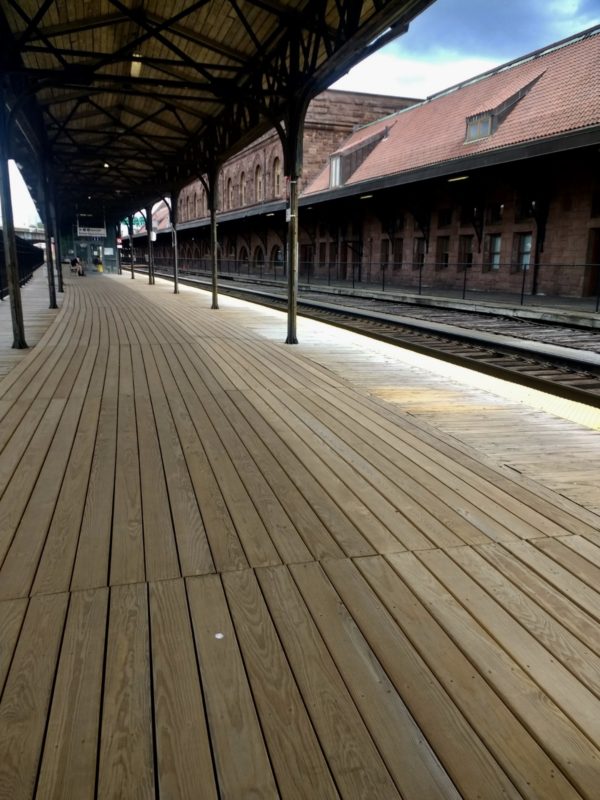
Hartford’s train platform was a scene of people mostly keeping their distance while waiting, but about every fourth person could not be bothered to keep their mask on, not caring that others had to walk by them. . . which is what happens when a train arrives and opens its doors. There was ample space on the lower part of the platform that nobody was using, and I wonder why there has been no effort to install more seating and an intercom system that is actually audible. I am guessing for the same reason that we are treated to an announcement that the train to New Haven is boarding when actually, it is the train to Springfield, and the southbound one is not due to arrive for another ten minutes. That was an issue pre-pandemic and I have reached my threshold for excuses.
Anyway.
Upon boarding, the transit worker glanced at my phone to see the ticket, but did not hold things up by scanning codes. This was more practical than walking around while in motion, and it can’t add more than a minute to boarding time. On the ride down (Hartford Line), all the passengers that I could see kept their masks on the whole time — and wore them appropriately, not revealing their nostrils to the world. People sat a few seats apart. There was reasonable space between passengers waiting to exit the train. There was an unspoken sense that we were all in this together, which was a sentiment I thought only existed in cheesy memes.
The ride back to Hartford was a little different. I hopped on an Amtrak (which you can do with a Hartford Line ticket), but the transit worker waited until we were in motion to check my ticket, and then she stood next to me while trying repeatedly to scan it before entering the information manually. Logistically, it makes more sense to do scanning while nobody is moving. Trains are kind of bouncy. COVID aside, I can’t see how it is practical to try to do this virtual ticket collection in motion.
On the ride, a transit worker threw shade over the intercom, telling passengers that this was an Amtrak train, and that means we have to use headphones. I don’t know if someone was listening to music loudly in another car, as I did not hear this where I was, or if she just felt like letting passengers know they needed class it up. But here’s my beef with that: I heard no announcement made telling passengers to wear their masks. Unlike my morning trip on the apparently slovenly and classless Hartford Line, the return ride featured two men who knew each other, sitting with their masks around their chins, talking loudly and coughing. Since the transit employee walked by several times, there is no way she could not have seen this. I turned around because how could I not when I could hear unmuffled coughing and chatting within six feet of me? After a few hard looks and no words exchanged, they moved themselves back a row, but from their conversation, could tell that they felt entitled to not wear masks since they bought Amtrak tickets. So…loud music is a problem but potentially spreading a deadly virus is not worth talking to passengers about? In fairness, everyone else in that car acted like they cared about people besides themselves, but in reality, all it takes is one jerk hacking his germs everywhere to cause a problem.
Something I noticed on the platform in New Haven but did not see in Hartford: hand sanitizer. Perhaps there was some hidden inside the station, but I opted to enter and exit without going inside and saw none. While I definitely do not think we should be overdoing it with hand sanitizer, the time to use it involves trains, subways, and buses.
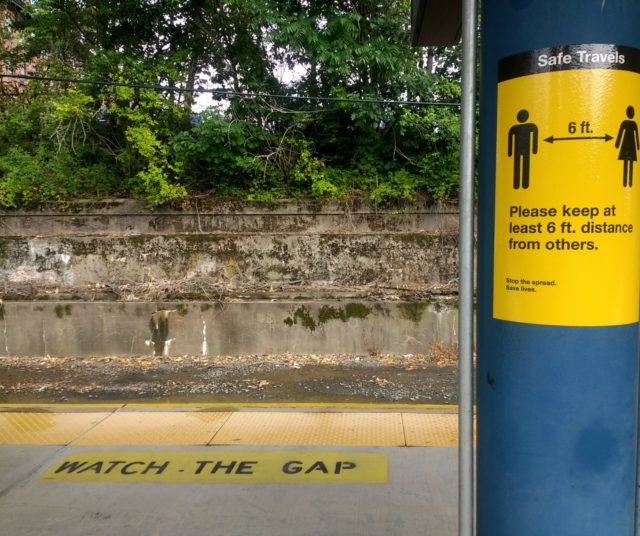
Once in New Haven, I found another batch of changes to how travel usually looks.
It was raining.
It was raining when rain was not in the forecast. No hat, no umbrella. Awnings are mostly decorative, and the good ones already had users. Can’t cram myself next to a bunch of people anymore. In seconds I was a drowned rat and I had to use a restroom. I stopped into a store near the station that I knew had public bathrooms. In the past, an employee had to unlock them, but I assumed they would have made this more self-serve with the pandemic basically telling us to reduce unnecessary close interactions. So, I show up soaking wet and with a backpack (because I planned to buy things at this store after taking care of a pressing need), and the cashier was rude as hell when I asked from a distance. Like, she did not offer to assist. Another nearby staff member did open the door after finishing up with another customer, crisis averted. But I remain shocked at this attitude. We all have bad days, but seriously, if you are in customer service, why would you be like this? I don’t care how many people come in wanting to shoot up in a bathroom or whatever it is that makes a place lock a restroom, we are all human and sometimes have to pee, and trust me, if the library had been open, I would have just gone there and not troubled anyone.
Sadly, I encountered this same attitude later in the day, but was straight up denied use of the bathroom in a place that before pandemic absolutely allowed access for customers. To be clear, in both cases, I was a customer. What is it that people are supposed to do? Pee out on the street? I’m middle-aged. Nobody is going to find me cute enough to merely issue a verbal warning.
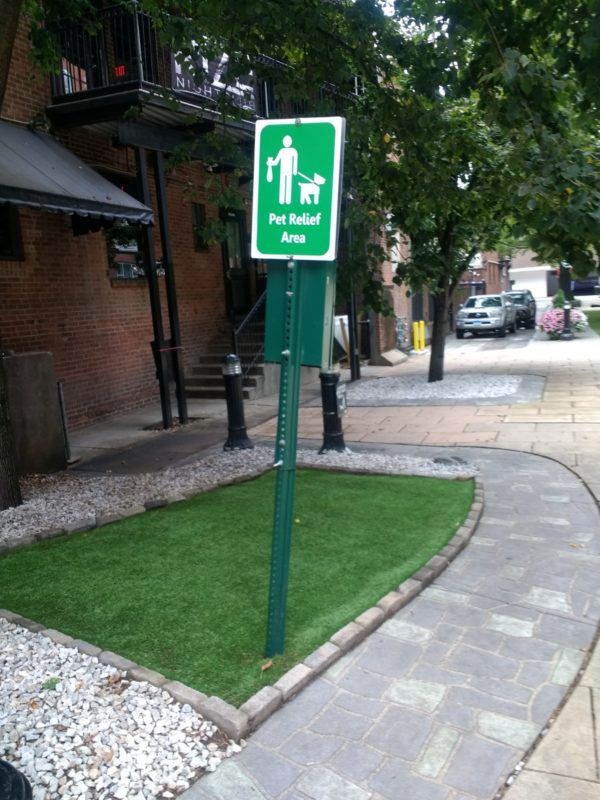
And there’s the problem. So, so many things are still closed. Several of Hartford’s cultural institutions have re-opened, but the same can’t be said for New Haven’s museums and libraries. If there had been an effort to provide public facilities, I do not recall seeing any. In my wandering through the Yale and central business district areas, I did not stumble upon any portapotties. Trust me, I was looking.
I won’t name the obnoxious stores/restaurants, but I will give props to Grey Matter Books and Te Amo Tequila for helping me maintain what little dignity I have and avoid arrest for public urination.
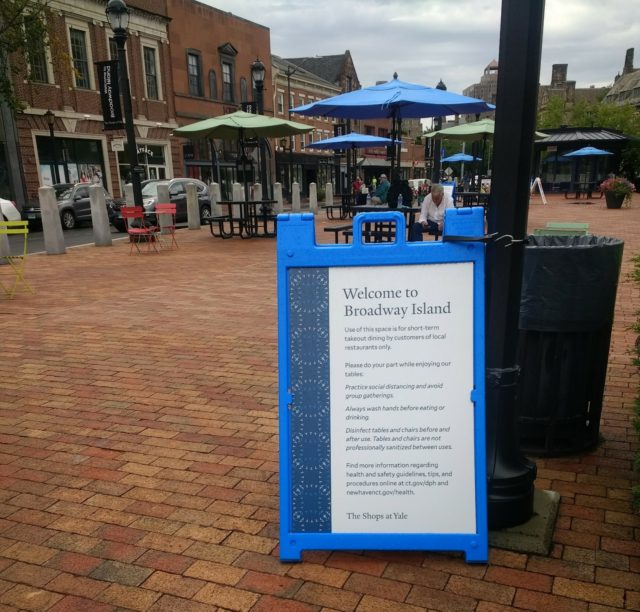
There has been a stronger effort made to provide distant seating and tables. Some of this was present before COVID, but now there are signs reminding people to disinfect tables before and after use. Cars are still being driven on Temple Plaza, which I was not expecting, so you can’t let down your guard too much.
Sidewalk cafes have expanded. The ones on Temple Street could benefit from closure of the right lane. I could reach out and touch buses and dump trucks as they passed by, which others might find energizing. It made me want a side of Ativan with my quesadilla. Still, good for New Haven for removing a few parking spaces to make patios possible. They also tinkered with other spots, like turning the loading zone on College Street into a rainbow-colored sidewalk, which is about to get more use as Claire’s Corner Copia recently reopened; they remodeled the restaurant while closed for nearly five months. Not necessarily related to the pandemic, but speedhumps were recently installed on Long Wharf Drive and this is the kind of thing that makes my soul sing, this adding of safety to a road that has a semi-protected bike lane.

While wandering New Haven on a rainy, pandemic day, I noticed how much emptier the streets were of people. So many years of hearing snotty remarks about Hartford being a ghost town, and here I witnessed what was a nearly overnight flight. Will it be temporary? Let’s hope. Will this instill empathy in others when it comes to flippantly calling places “dead”? Let’s hope.
Stores — some of them — were open. The normal buzz of activity was absent. A sneaker store drew in enough customers that there would have been the need to have new arrivals wait outside. No other retail seemed anywhere near reaching the much-reduced capacity. My first time since March inside a retail store was as the only customer in a shop that had one employee. He locked it up for lunch as soon as I was out the door. That was more of the norm — stores that typically would have had several employees were now operating with reduced staff, posting “gone for lunch” signs or simply keeping their doors locked, requiring customers to get buzzed in. It’s strange enough to see at home, but elsewhere, it is confirmation of our larger problem.
Most places told customers, through signs, about the new protocols. Hand sanitizer was routinely supplied by or just inside an establishment. Both in stores and out on the streets, at least in the CBD and around Yale, 95% or more people were wearing masks, and wearing them correctly. (FYI, around the chin or with nostrils exposed is not correct use. This is bitchy, but I have to wonder if these are the same people who struggle with condom use.)
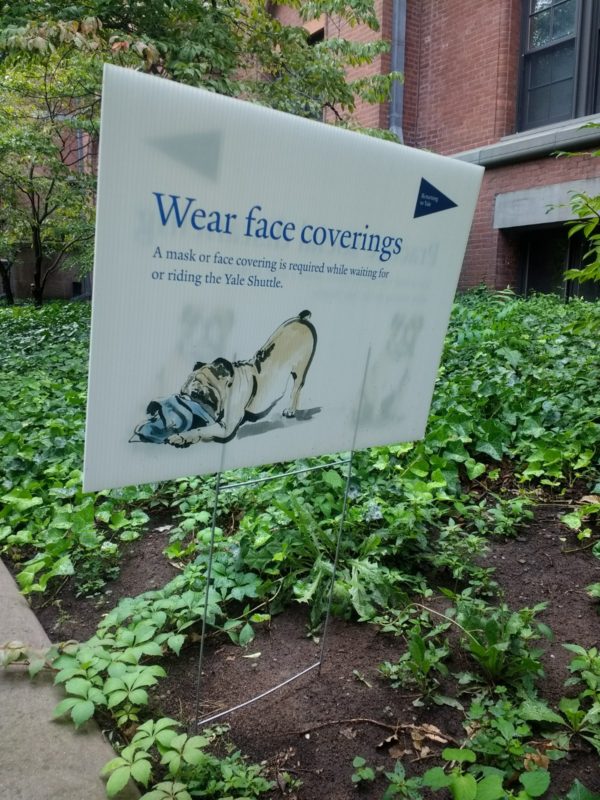
Besides wallowing in an existential crisis, what is there to do? Aside from live performances, or visiting museums and libraries, most attractions are still present, in one form or another — just with fewer hours or options, with more hoops to jump through. People are still allowed to walk around and gawk at Yale’s buildings.
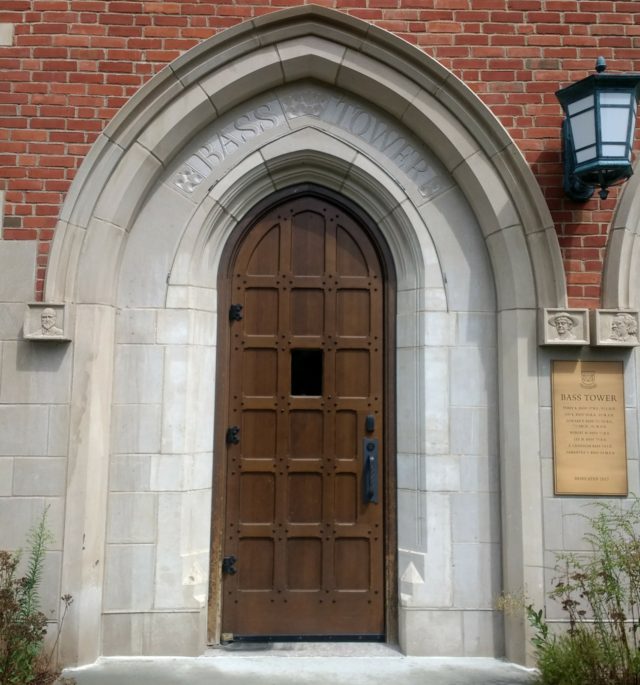
That may sound like a given, but a few private institutions in Greater Hartford (who shall not be named) have closed off their campuses and posted signs threatening outsiders with police harassment. Credit where credit is due, Yale may have closed up their buildings, but we have not been banned from appreciating their architecture from the sidewalk or lawn. These are difficult and precedented times, and we need all the friggin joy we can get. Mine comes in the form of beautiful old buildings that were not torn down and turned into surface parking lots.
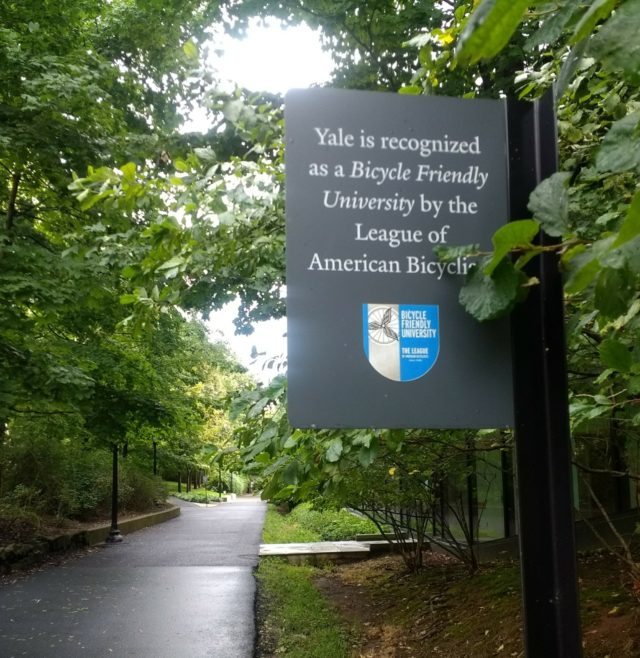
If you exhaust the architecture, there are bike paths to saunter along. It was nice to see kids doing happy kid things here, like skateboarding and running amok. That balanced out the stressed adults and general schmucks I encountered elsewhere.
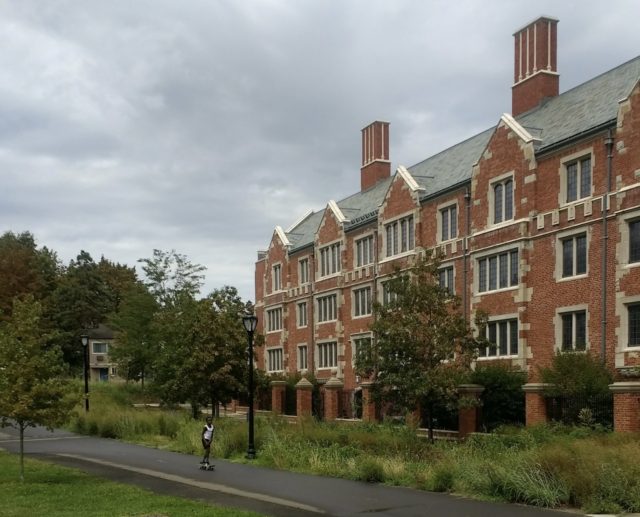
What else?
Cemeteries are always good for a walk. Grove Street Cemetery was apparently designed as “a city of the dead,” so I guess you could say that part of New Haven is indeed a ghost town.
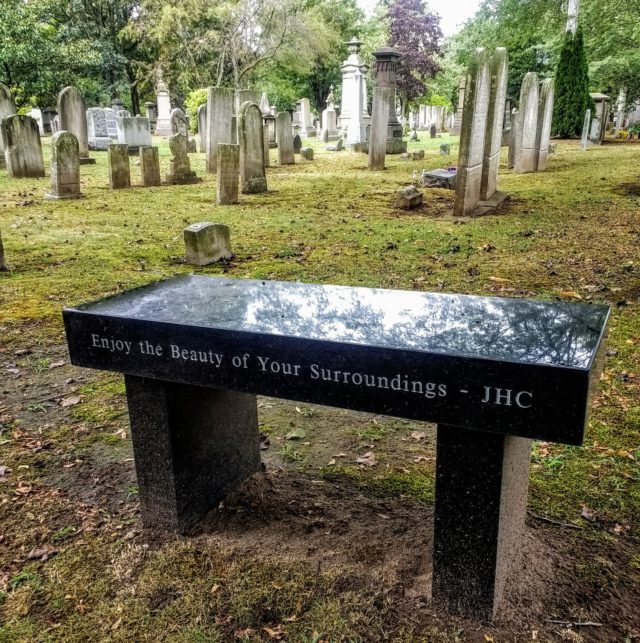
I don’t know if the statement on this bench is sincere or snarky, but I enjoy it either way.
There are no public restroom facilities here, which I guess is fair since the dead don’t need ’em and this is their city.
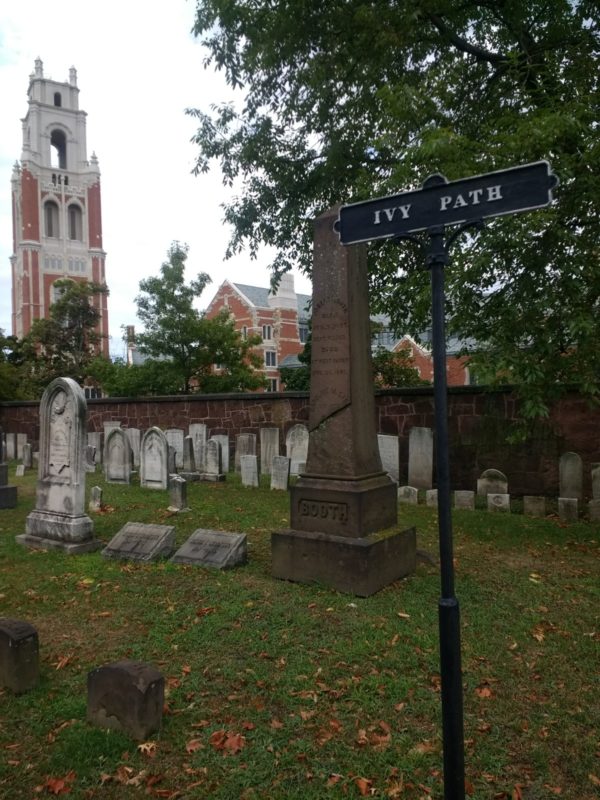
There are self-guided tours. You can take a tree tour or if you’re Moira Rose fancy, an arboretum tour.
Be sure as you walk to look along the north and west cemetery walls; you’ll see gravestones that were moved here from the New Haven Green. As I think back on this, I have to say that if you feel you must create some type of fencing around a cemetery, let it be brick. No more of this chain link garbage. Only the finest walls for the departed.
Meandering the dead city’s streets to find notables (or notably interesting monuments, such as the cat ones pictured below) is always an option when the cemetery is open. Who are some of this famous people? Noah Webster (the word guy), Othniel Marsh (a dinosaur guy who isn’t Ross), Lyman Beecher (Harriet Beecher Stowe’s pops), Eli Whitney (that cotton gin guy), and a billion Yale professors who were clearly married to their work as the campus surrounds the cemetery.
On the website, they even include one woman on the eminent people list. What was her claim to fame? Dying. She was the first person buried in this boneyard. Of the 79 entries, she is the only woman to get one of her own.
I’m sure none of those Yale wives did anything worth mentioning, like quietly suffering through faculty dinners.
Anyway.
The “History of Grove Street Cemetery” brochure is a tiny bit more inclusive of the ladies. I would be a terrible person if I did not offer this warning: this self-guided tour is floral in tone. Here’s one line from the “tour”: “Lured inside by the aura of tranquility sensed from without, the visitor immediately finds the Chapel designed according to the strictest tenets of Victorian decorum with its gilded butterfly which, to the ancients, symbolized the flight of the soul.” That’d be lovely as a hook, but that’s just about every sentence. They really ought to get Catherine O’Hara to record an audio tour of this.
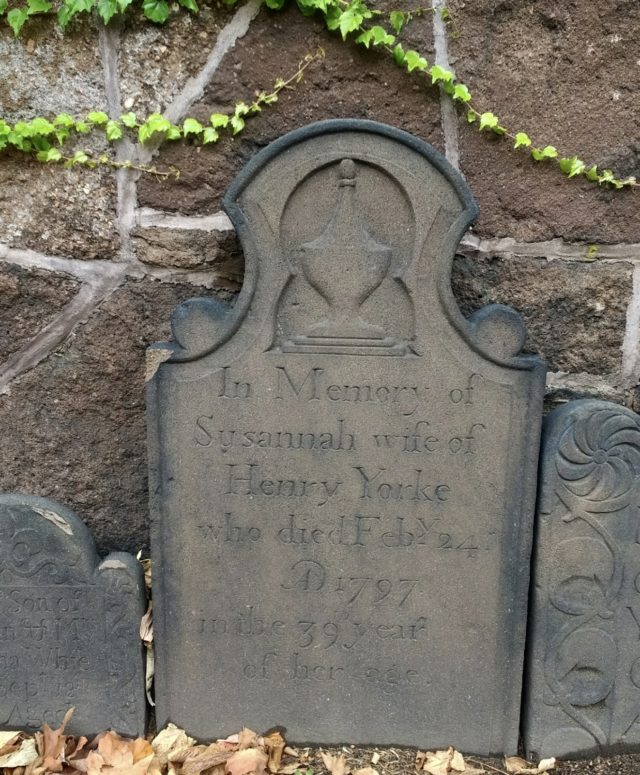
The Civil War notables and Amistad notables tours are more straightforward. Several men who were on the Amistad are buried here and the monument to honor them is basically straight ahead when you enter the cemetery.
If nothing else, this is a relatively quiet place to walk through and there are even a few benches to sit on. Plus, and it can’t be said enough, I have so much respect for this monument to a woman’s furry family members.
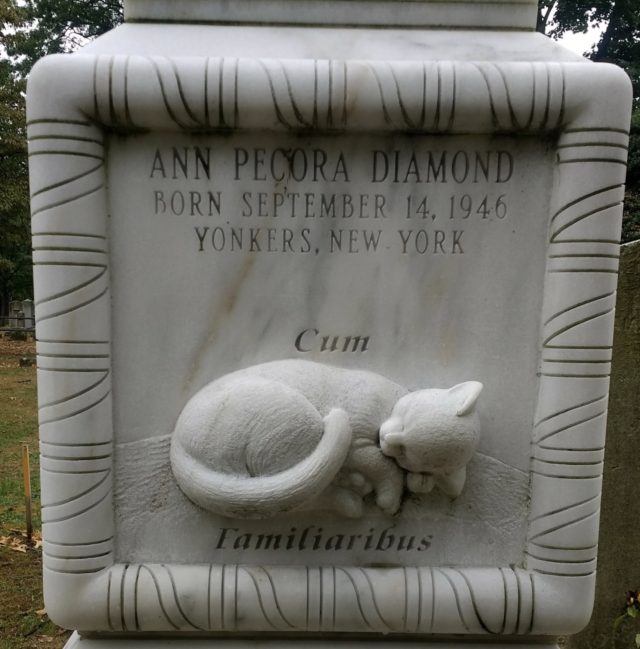
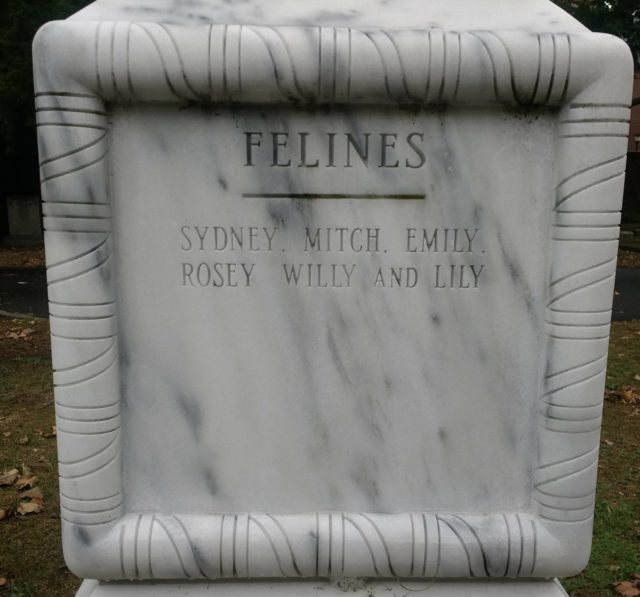
Along New Haven’s streets, there remains art to look at.
The fading Anne Frank mural was an unsanctioned work painted over eight years ago. I only saw it for the first time on this pandemic daycation because there is so much to look at everywhere and it’s impossible to take it all in at once. By the way, if you’re feeling sorry for yourself (because it’s raining and you’re soaked and a cafe just denied you use of the bathroom and you cannot find even a portapotty), turning a corner and getting a glimpse of Anne Frank really helps you put shit into perspective.
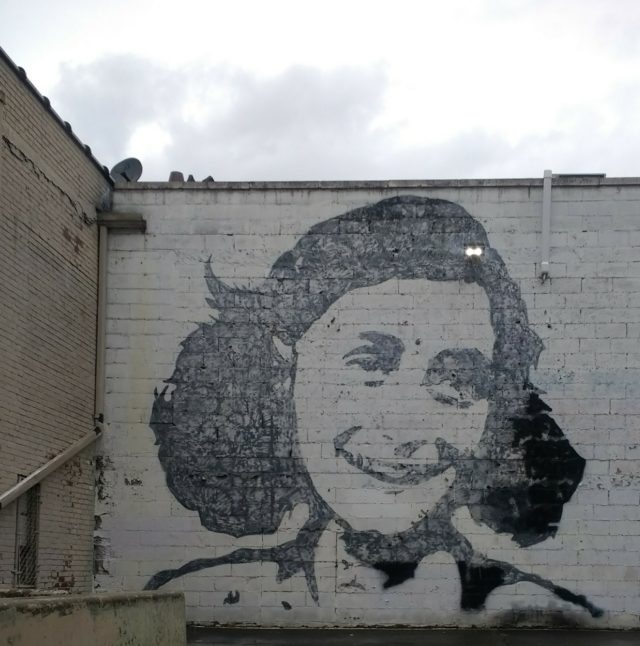
That said, businesses that have re-opened, get it together and open the bathrooms for customers.
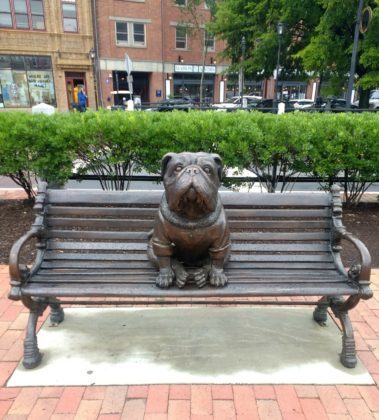

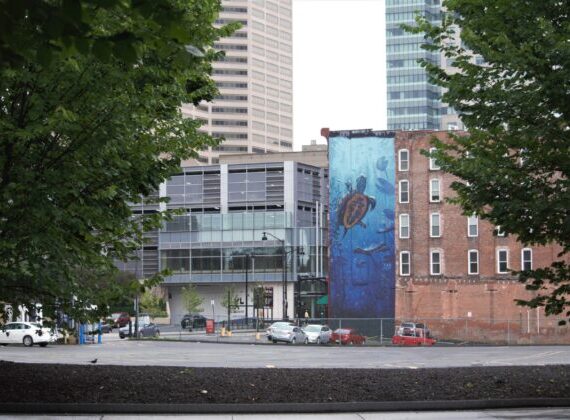
Jack Hale
Thanks for the excellent tour and commentary